Is it possible to deduce the identity of damaged, burnt out, or otherwise missing components (or suitable substitutes)?
For example, below is the PCB of a 2 speed electric razor I've disassembled. The missing component had three legs, like a transistor. It originally had writing on it, but was covered in what I can only describe as a thin white layer of soot/charcoal. I tried to clean it by gently swabbing it with an isopropyl alcohol solution and soft brush; it just crumbled to pieces.
The low battery LED is constantly lit and the NiMH cells hold a charge, but the electric motor will not engage. It was left on charge overnight, as usual. When I went to use it the next day, it was hot and non-responsive.
